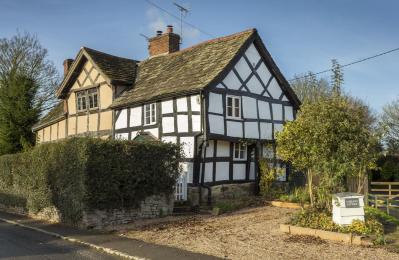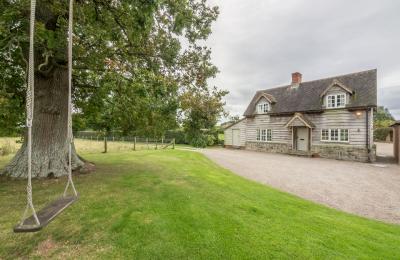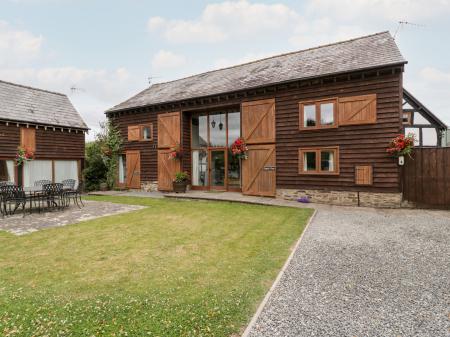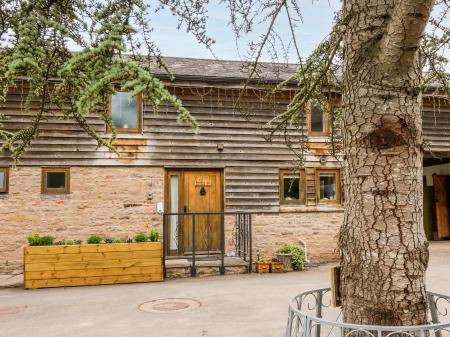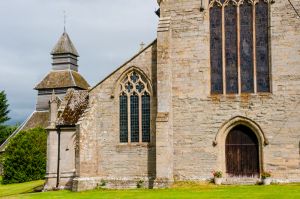
The Bell Tower
St Mary's bell tower rises in three timber-framed stages from a roughly octagonal stone base. Architecturally it is almost unique in England, having more in common with churches in Sweden and Norway than most other English bell towers. The base is 45 feet in diameter, with a short, pyramidal roof topped with a shingle-clad spire.
When you enter the tower you immediately get a sense of this remarkable structure; the timber-framing is based on eight huge oak posts in a square pattern, braced by a series of smaller oak cross-pieces.
The tower is most likely early 13th century, though there has been much restoration over the centuries. The oldest parts are the original corner posts, which have been dated through dendrochronology to 1207-1216. The stone walls were probably constructed in the 15th and 16th centuries.
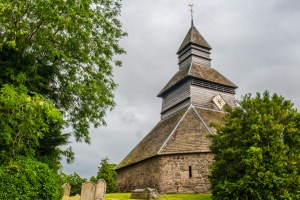
It is quite likely that the earliest timbers came from a fortified manor house that stood where Church House Farm now stands. The tower was apparently built with defence in mind, as witnessed by a set of narrow loopholes in the walls. If you look at the door you will also see holes thought to be the marks of gunfire.
The Church
As for the church itself, that is well worth a visit on its own account! There was a Norman church on the site, but this was replaced by the current building starting in 1320. Of the earlier church, the only remains are two arches in the chancel and a carved pillar in the south wall. The church is entered by way of a 14th-century porch. The old oaken door boasts a medieval sanctuary knocker.
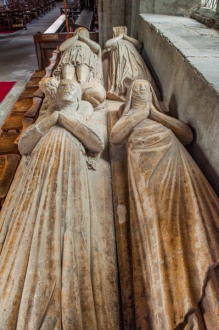
The spacious nave, with its lovely arcades supported on octagonal piers, is thought to have been modelled after the parish church at Weobley. The interior features some interesting memorials. On the north side of the nave is a tomb chest with four 14th-century effigies thought to be members of the Gour family, lords of the manor of Marston.
In the chancel is a memorial tablet to Alice Talbot, who established the almshouses on East Street in 1667. Set into the floor is a memorial to Dorothy Trafford, who died in 1621. The Lady Chapel has memorials to members of the Evans family, of Byletts.
On the walls are 17th-century wall paintings that were discovered covered with whitewash during restoration work.
At the west end of the nave is a 13th-century font supported on four short posts around a central shaft. The pulpit is Jacobean, in an octagonal shape, with two tiers of carved panels. The lower tier depicts strange beasts, or monsters, while the upper tier is arcaded.
The exterior of the west door shows bullet holes thought to be the work of Cromwell's soldiers when Pembridge was the scene of fierce fighting during the Civil War.
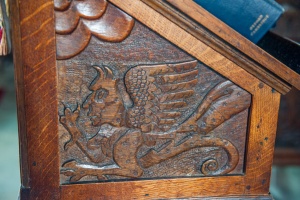
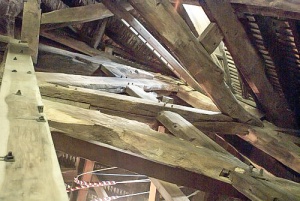
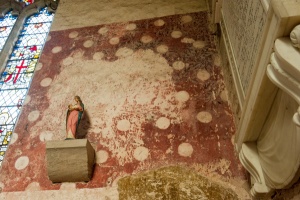
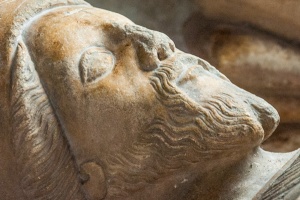
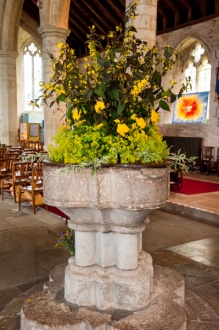
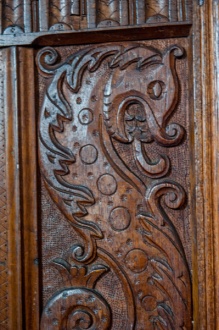
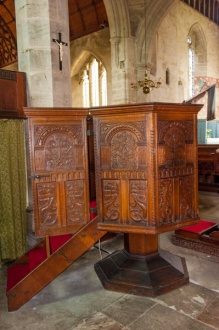
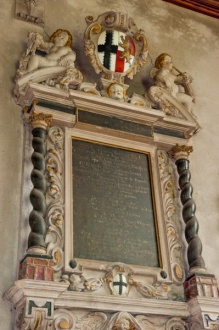
 We've 'tagged' this attraction information to help you find related historic attractions and learn more about major time periods mentioned.
We've 'tagged' this attraction information to help you find related historic attractions and learn more about major time periods mentioned.